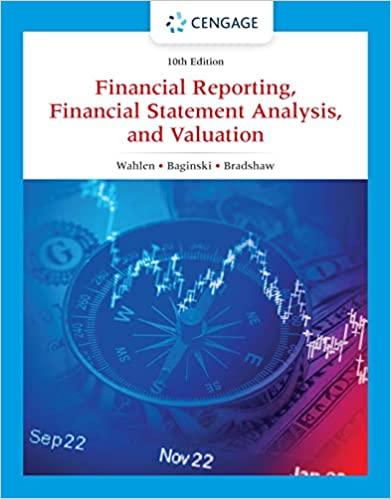
DB Inc. is planning to establish a subsidiary in Singapore to manufacture and sell security equipment locally. The project will end in three years and the subsidiary will be sold to a Singapore firm for S$5 million at the end of the project. This transaction will not be subject to withholding tax and capital gain tax. The Singapore subsidiary will require an initial investment of 13 million U.S. dollars (US$). DB predicts yearly sales revenue of S$35 million, S$38 million, and S$41 million throughout the 3 years. Similarly, the variable costs are S$9 million, S$10 million, and S$12 million for the next 3 years. The fixed costs are S$3 million per year. The fixed assets have a useful life of 3 years and the depreciation is S$4 million per year. The subsidiary will remit all net cash flows to its parent at the end of each year using the forecasted exchange rates. The current spot exchange rate is US$0.1425/S$. The company forecasts the exchange rate at US$0.1152/S$ for the next three years based on strong U.S. economic outlook. The parent's required rate of return for the Singapore subsidiary is 18%. The Singapore subsidiary will be subject to a 25% corporate tax rate in Singapore and the Singapore government will impose a 19% withholding tax on the remitted funds. Due to special tax treaty, the income from Singapore is not subject to tax in the U.S. Complete the spreadsheet below. Year o Year 1 Year 2 Year 3 1 2 3 4 5 6 7 8 9 10 11 12 13 14 15 16 17 18 19 20 21 Demand Price per unit Total Revenue Variable cost per unit Total Variable Cost Fixed costs Noncash expense (depreciation) Total expense Before-tax earnings of subsidiary Host government tax After-tax earnings of subsidiary Net cash flow to subsidiary S$ remitted by subsidiary (100% of net cash flow) Withholding tax on remitted funds S$ remitted after withholding taxes Salvage value Exchange rate of S$ Cash flows to parent PV of parent cash flows Initial investment by parent (US$) Cumulative NPV (US$) DB Inc. is planning to establish a subsidiary in Singapore to manufacture and sell security equipment locally. The project will end in three years and the subsidiary will be sold to a Singapore firm for S$5 million at the end of the project. This transaction will not be subject to withholding tax and capital gain tax. The Singapore subsidiary will require an initial investment of 13 million U.S. dollars (US$). DB predicts yearly sales revenue of S$35 million, S$38 million, and S$41 million throughout the 3 years. Similarly, the variable costs are S$9 million, S$10 million, and S$12 million for the next 3 years. The fixed costs are S$3 million per year. The fixed assets have a useful life of 3 years and the depreciation is S$4 million per year. The subsidiary will remit all net cash flows to its parent at the end of each year using the forecasted exchange rates. The current spot exchange rate is US$0.1425/S$. The company forecasts the exchange rate at US$0.1152/S$ for the next three years based on strong U.S. economic outlook. The parent's required rate of return for the Singapore subsidiary is 18%. The Singapore subsidiary will be subject to a 25% corporate tax rate in Singapore and the Singapore government will impose a 19% withholding tax on the remitted funds. Due to special tax treaty, the income from Singapore is not subject to tax in the U.S. Complete the spreadsheet below. Year o Year 1 Year 2 Year 3 1 2 3 4 5 6 7 8 9 10 11 12 13 14 15 16 17 18 19 20 21 Demand Price per unit Total Revenue Variable cost per unit Total Variable Cost Fixed costs Noncash expense (depreciation) Total expense Before-tax earnings of subsidiary Host government tax After-tax earnings of subsidiary Net cash flow to subsidiary S$ remitted by subsidiary (100% of net cash flow) Withholding tax on remitted funds S$ remitted after withholding taxes Salvage value Exchange rate of S$ Cash flows to parent PV of parent cash flows Initial investment by parent (US$) Cumulative NPV (US$)







